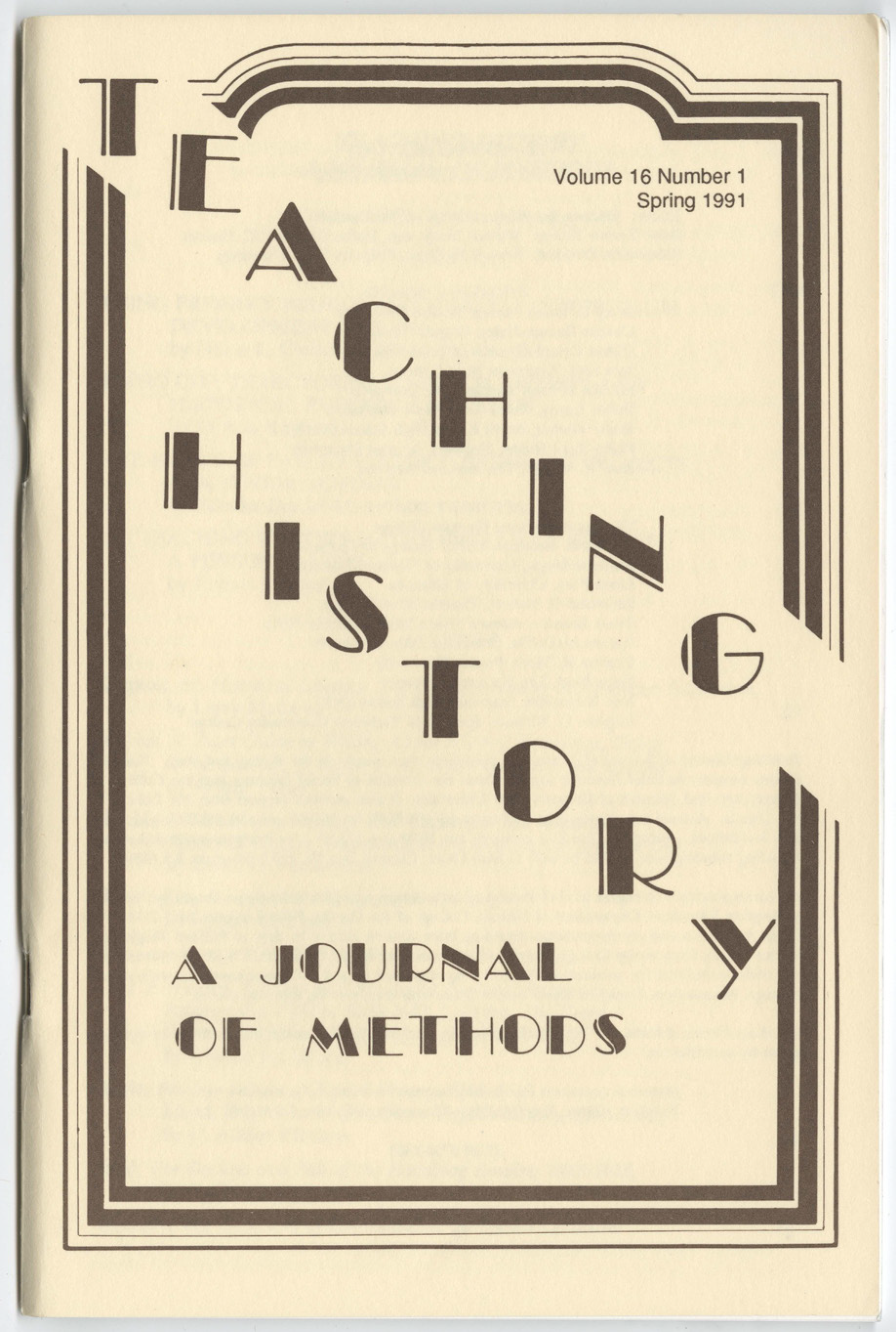Using City Directories to Teach History and Historical Research Methods
DOI:
https://doi.org/10.33043/TH.16.1.14-26Abstract
It is often hard for students to get a feel for the explosiveness of growth and change in American cities in the nineteenth century. City directories are a rich and readily accessible source of data that may be used to concretize this experience and to test generalizations about residential and occupational mobility in the nineteenth century. This essay explains the nature and availability of city directories and suggests ways teachers may use them to allow students to test and verify for themselves the content being taught in history courses and to learn basic methods of historical research and use of primary sources. Reference is made in the text and footnotes to monographs and articles that employ methods similar to those presented in each model exercise.
The city directory was, and still is, intended primarily for business uses. It was created in a time in which messengers took communications from one place to another and it served many of the purposes of a modern telephone directory in providing addresses. Since people and businesses moved frequently it was necessary to issue an updated directory each year. The directory was also an "advertisement" to attract new businesses or residents. Before the Civil War directories were often an ancillary enterprise undertaken by a printer or a newspaper editor who hired persons to canvass the city and collect information on residents.
After the Civil War the production of city directories became commercialized and standardized. Some companies produced directories for numerous cities, and even cities in several states. In 1898 directory publishers established a national organization. The officers in 1901 included R. L. Polk and Rueben H. Donnelly. The R. L. Polk, still produces city directories.
Downloads
Downloads
Published
How to Cite
Issue
Section
License
Copyright (c) 1991 Jo Ann RayfieldBy submitting to Teaching History, the author(s) agree to the terms of the Author Agreement. All authors retain copyrights associated with their article or review contributions. Beginning in 2019, all authors agree to make such contributions available under a Creative Commons Attribution-NonCommercial-NoDerivatives 4.0 International license upon publication.



